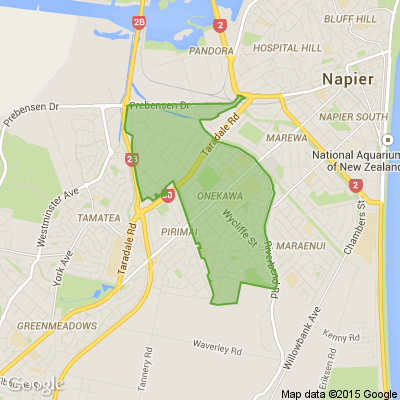How to Look After Your Upholstery
In this blog we discuss the most common upholstery problems that can arise in use. We will break each problem down, looking at what it is, the likely cause and recommended remedies and solutions to avoid future reoccurrence.
CROCKING: What is it? Crocking is the term used to describe the transfer of excess dye from one surface to another due to rubbing and friction. The issue is increased by certain atmospheric conditions such as humidity and temperature.
Likely cause: In a situation where the dye is transferring out of the upholstery fabric (for instance a red fabric is turning pink) it will usually be a result of either poor quality dyes used during textile manufacturing or that the dyes were not set correctly during the dyeing and finishing process. Crocking can also occur when dye is transferred from an outside source onto the upholstery fabric, for instance a pair of new jeans can transfer blue dye on to your sofa giving it a grubby appearance.
Remedy: The key thing to establish with crocking is whether the discolouration is due to dye transferring out of your upholstery fabric or on to it from an external source. If it is transferring out of the fabric then it is important to check that some substance e.g. a solvent based product, has not come into contact with the fabric and affected the dyes. If all of the above can be ruled out then a genuine fabric issue may be the cause and the fabric will need to be replaced from another batch or alternative fabric.
FADING: What is it? Discolouration or lightening of the dye in a fabric due to exposure to ultraviolet light. Constant exposure to high levels of direct ultraviolet light can also result in fibre degradation, causing the fabric fibres to become brittle, which may result in areas of breakage.
Likely Cause: It is important to note that no fabric is 100% colourfast (resistant to fading), however discolouration can generally be attributed to the use of poor quality dyes during fabric manufacturing or due to constant direct exposure to ultraviolet light with inadequate protection. Ironically ultraviolet damage occurs more during the winter months when the sun is sitting lower in the sky and sun filters/curtains are often left open during the day to increase light flow into a room.
Remedy: Once an upholstery fabric has faded there is nothing that can be done to reverse the issue other than recovering the affected piece of furniture. It is therefore very important that furniture is positioned to protect it from constant direct sunlight and of course the use of quality sun-filters and lined curtains at the window will help to reduce your furniture’s exposure to harmful UV light. Regular rotation of reversible cushions is advisable so that both fading and wear occur evenly. We also recommend rotating the placement of your furniture in relation to exposed windows for the same reason.
Keep reading: www.curtainclean.co.nz...

Poll: Do you think banning gang patches is reasonable?
With the government cracking down on gangs, it is now illegal for gang members to display their insignia in public places whether through clothing or their property.
This means arrests can be made if these patches are worn in places like restaurants, shops, on public transport or ferries, and on airplanes. Arrests were made recently at a funeral.
Do you think this ban is reasonable?

-
76.4% Yes
-
22.3% No
-
1.3% Other - I'll share below
What's your favourite recipe for courgettes?
Kia ora neighbours. If you've got a family recipe for courgettes, we'd love to see it and maybe publish it in our magazine. Send your recipe to mailbox@nzgardener.co.nz, and if we use it in the mag, you will receive a free copy of our January 2025 issue.

Auction 4 December 10am
Over 500 Lots!! Viewing & Absent Bids Welcome
Monday 8-5, Tuesday 8-6 & Wednesday from 8am
More Photos www.mafa.co.nz... & Facebook














































 Loading…
Loading…






















